“We are forever seekers of our homes’ delights… yearning to immortalize Levantine flavors, refining, and redefining our culinary narratives. Our land’s heritage is our future, and we treasure it by bringing together our food culture”
–Jumana Jacir, founder and owner of Kama Local Gourmet in Amman, Jordan.
Kamā means “desert truffle” in Arabic. Myth claims that the first lightening of the rainy season initiates the sprout of the buried fungus–nutty, aromatic, and treasured– which can then spring forth from unpredictable locations, making the distant and hidden now accessible.
“When you find Kamā, you find the treasure of the Arab world,” says Jumana.
Although Kamā Local Gourmet does not partake in the truffle trade, its namesake encapsulates the mission of Jumana’s company: to discover and unearth the most pure ingredients and make them accessible and visible. “These ingredients are as precious as the acclaimed desert Kamā in the Middle East,” Jumana says.
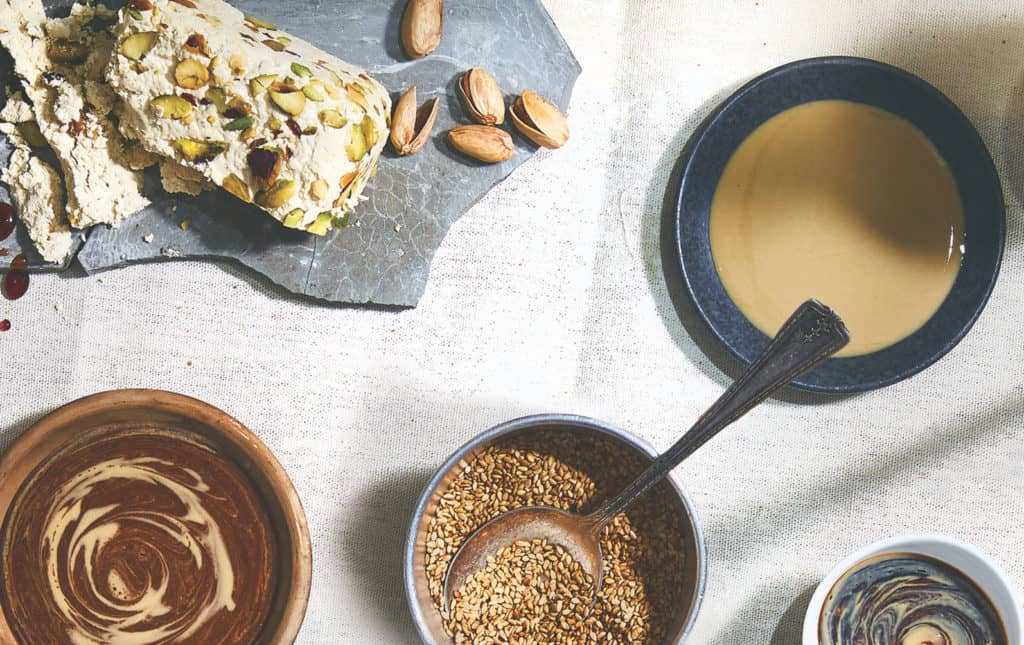 “The goal…was women empowerment and education,” says Jumana about Kamā. She sources the highest quality raw ingredients from farmers in Jordan. Local women use these pure foods to prepare authentic Middle Eastern recipes. “[There are] so many amazing products that aren’t being exhibited,” Jumana says. “Middle Eastern food needs education. And,” she adds, “I wanted to represent women who are underprivileged.” Most of the women preparing Kamā’s traditional Levantine foods have not had previous opportunities to earn income.
“The goal…was women empowerment and education,” says Jumana about Kamā. She sources the highest quality raw ingredients from farmers in Jordan. Local women use these pure foods to prepare authentic Middle Eastern recipes. “[There are] so many amazing products that aren’t being exhibited,” Jumana says. “Middle Eastern food needs education. And,” she adds, “I wanted to represent women who are underprivileged.” Most of the women preparing Kamā’s traditional Levantine foods have not had previous opportunities to earn income.
Jumana says, “While Kamā celebrates all Arab cuisine, we are [mainly] focusing on Levant cuisine from Jordan, and soon will include ingredients from the entire Levant region including but not limited to Jordan, Palestine, Syria, and Lebanon.” Some traditional Levantine foods include za’atar, sumac, shatta, tahiniyeh (tahini), and date molasses–products we at Rogers Collection are proud and excited to add to our catalog (more on those later!). And we will be adding more Kamā products down the road, too.
Prior to opening Kamā, Jumana saw a need for one place to get collectively-sourced, high quality ingredients — as well as a need for a women-operated business that provided income, fostered independence and encouraged empowerment. So in 2013, Jumana registered Kamā as a business entity while she worked one other job, and officially launched a first product line in 2016. She began by focusing on sales only in Jordan through local exhibitions. In 2019, Jumana launched an e-commerce website and started shipping to countries around the world. Shortly after that, Kamā opened its first flagship store in Amman, Jordan, followed by a retail airport kiosk at Queen Alia International Airport in Jordan. Next up is a second retail store slated to open in Riyadh, Saudi Arabia in March of 2022.
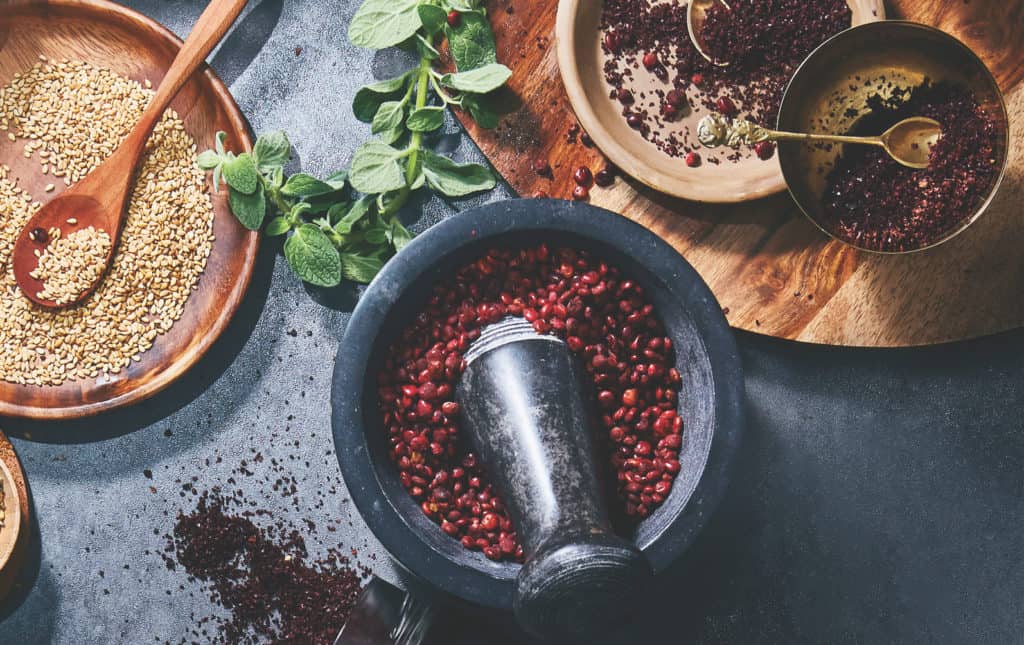 What led Jumana to where she is today? She holds a degree in Design from Concordia University in Montreal, Quebec, Canada. After completing her degree, she worked at various design jobs, and one in particular for several years that gave her the opportunity to help build bridges between cultures. This job was playing a pivotal part in recognizing Jordan’s unique identity–specifically establishing the need for representation of Jordanian food and showcasing the women behind it. She loved her job, where she says she learned a lot, but she knew it was time to start something of her own, based on her mission: educating as many people as possible about authentic, traditional, pure Levantine food while empowering disenfranchised women in Jordan.
What led Jumana to where she is today? She holds a degree in Design from Concordia University in Montreal, Quebec, Canada. After completing her degree, she worked at various design jobs, and one in particular for several years that gave her the opportunity to help build bridges between cultures. This job was playing a pivotal part in recognizing Jordan’s unique identity–specifically establishing the need for representation of Jordanian food and showcasing the women behind it. She loved her job, where she says she learned a lot, but she knew it was time to start something of her own, based on her mission: educating as many people as possible about authentic, traditional, pure Levantine food while empowering disenfranchised women in Jordan.
So, Jumana took the leap. “As hard as it was to leave, (I needed to take a leap of faith)” she says of her previous design job. “I wanted to build an empire that women can actually be behind…. I got a 4 x 4 room and started from there.” When Jumana first put up an ad at a local community center near her home in Amman looking for women to work for Kamā, hundreds of women responded. It became clear that Kamā needed space beyond a small 4 x 4 room. Jumana created a modern and industrial kitchen certified by the International Organization for Standardization (ISO), which monitors food safety. The farmers Kamā sources from also follow an ISO checklist.
“Women go into the kitchen and we build recipes together–mostly their recipes–with our team scientifically,” Jumana says. “It wasn’t easy. [But] I believe in what we are doing…seeing these women smiling and wanting to join the team is really incredible. They’ve become friends. I love what we’ve created. It really is a family of women.”
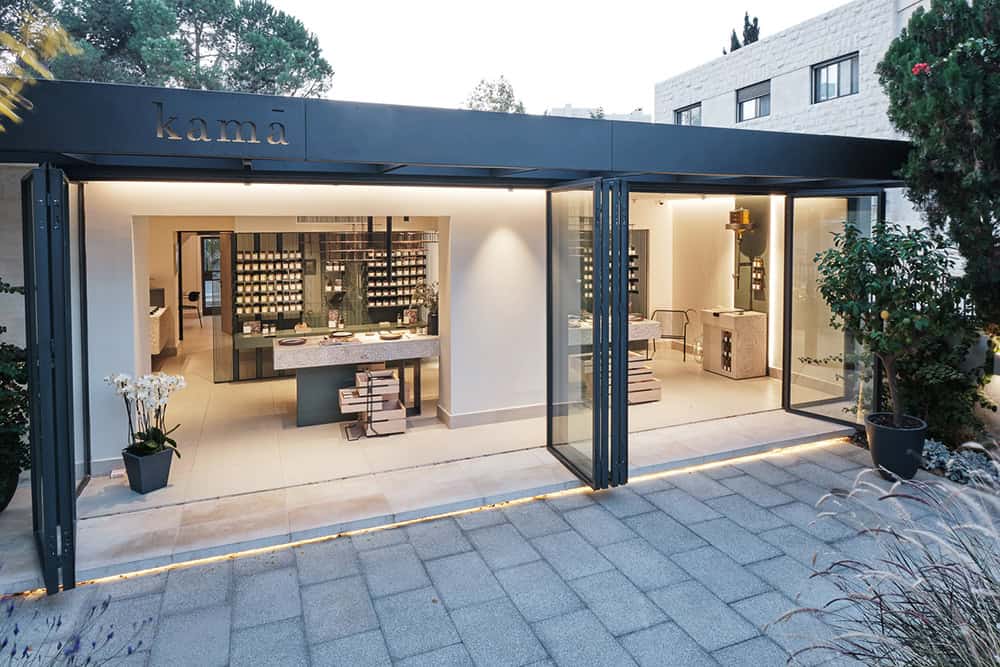 And as for the brick and mortar Kamā store, Jumana’s background in design was essential in renovating the 1940s building and constructing a physical layout that cultivates community and education of Levantine foods. “I want[ed] this to be a concept store,” Jumana says. “Where people can eat, shop, learn, enjoy and experience Middle Eastern culture and how it might be enjoyed differently in different areas even if it might be the same product.” The layout of the flagship store includes two stone slabs: one for cooking and one to act as a “sufra” or dining table. It also includes a beautiful “mouneh,” or pantry wall, that rotates with the seasons; a retractable glass and metal façade to create space for public events and gatherings; and a large glass olive oil dispenser, illuminated to highlight the rich color and purity of Jordanian olive oil.
And as for the brick and mortar Kamā store, Jumana’s background in design was essential in renovating the 1940s building and constructing a physical layout that cultivates community and education of Levantine foods. “I want[ed] this to be a concept store,” Jumana says. “Where people can eat, shop, learn, enjoy and experience Middle Eastern culture and how it might be enjoyed differently in different areas even if it might be the same product.” The layout of the flagship store includes two stone slabs: one for cooking and one to act as a “sufra” or dining table. It also includes a beautiful “mouneh,” or pantry wall, that rotates with the seasons; a retractable glass and metal façade to create space for public events and gatherings; and a large glass olive oil dispenser, illuminated to highlight the rich color and purity of Jordanian olive oil.
Jumana’s experience in design also shows in Kamā’s packaging, which is minimal and streamlined to reflect the purity of Kamā’s products, and let those products speak for themselves without a lot of distraction or additions.
Since meeting Jumana at a Specialty Food Show in New York City, we at Rogers Collection felt an immediate resonation with Kamā’s founding principles of sourcing high-quality ingredients, sharing food as means of connecting and educating, and representing marginalized groups. For over a decade, we at Rogers Collection have been a women-managed company seeking and celebrating foods with long-standing traditions made by people with a commitment to quality and authenticity. Like Kamā, we value foods in their most true and honest form, carefully farmed in the soil of their native lands, and adhering to centuries-old traditions.
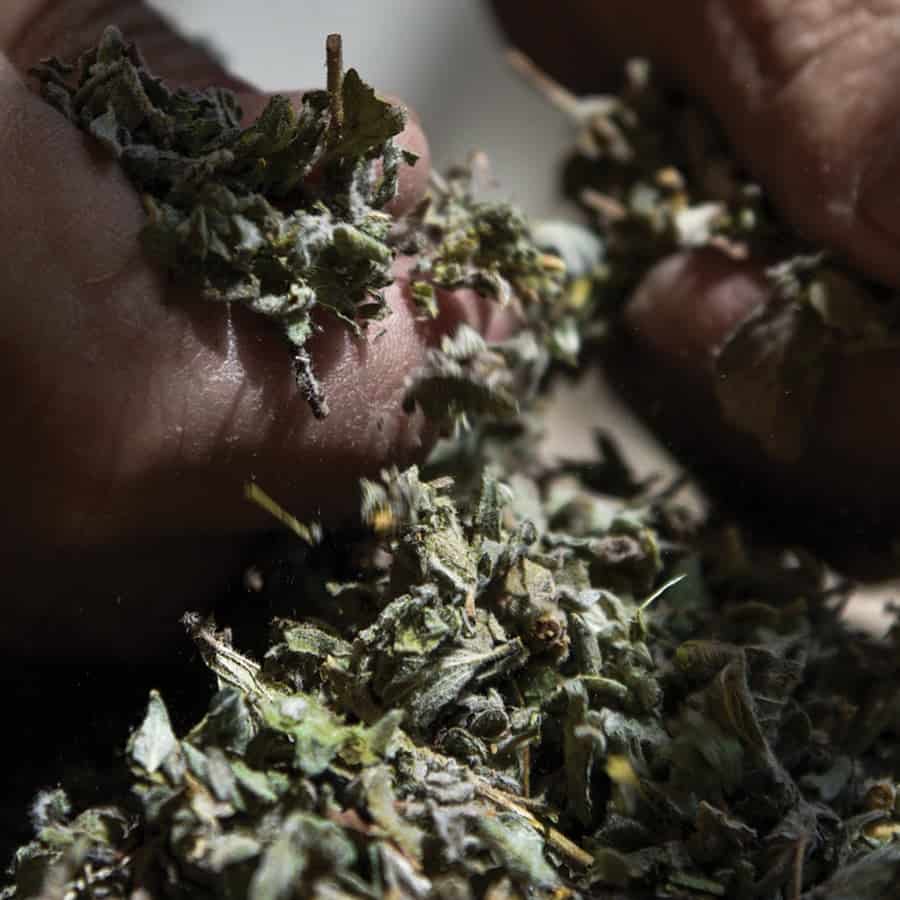 It was clear from the start that Rogers Collection’s mission aligned with Kamā’s: to find and make accessible authentic, true foods to a wide base; to bring people together at “sufras” around the world to enjoy these foods that hold stories, and in so doing create our own stories.
It was clear from the start that Rogers Collection’s mission aligned with Kamā’s: to find and make accessible authentic, true foods to a wide base; to bring people together at “sufras” around the world to enjoy these foods that hold stories, and in so doing create our own stories.
How about those foods from Kama that we offer in our catalogue? Rogers Collection is excited to carry Kamā’s Date Molasses, Tahiniyeh, Sumac, Green Shatta, Red Shatta, and Za’atar. (With more Kamā offerings to come soon!) “People tend to come to Jordan and leave with Za’atar and Sumac,” says Jumana. “It’s a must!”
“A lot of the products here now in Jordan aren’t pure. Even when we buy Za’atar we don’t know what’s in it,” Jumana says. “People–to [make it] cheaper– will add extra wheat or chickpeas. The items that we are producing, the ingredients are very pure.” Jumana explains that Kamā’s Za’atar starts with choosing thyme from selected farms, cleaning it thoroughly, and picking each leaf from the stem. The leaves are left to dry, then rubbed with pure extra virgin olive oil until it soaks in. That is next mixed with pure sumac and sesame seeds.
Kamā’s Sumac is made of 100% pure sumac berries, and nothing else. “The color is not too red yet vibrant enough,” says Jumana. “Many people add a dye to make it look appealing. We sift through the sumac, peel the skin and crush it, leaving it with the zesty taste everyone enjoys.” Kamā’s sumac is made with authenticity, transparency and sustainability–and without shortcuts.
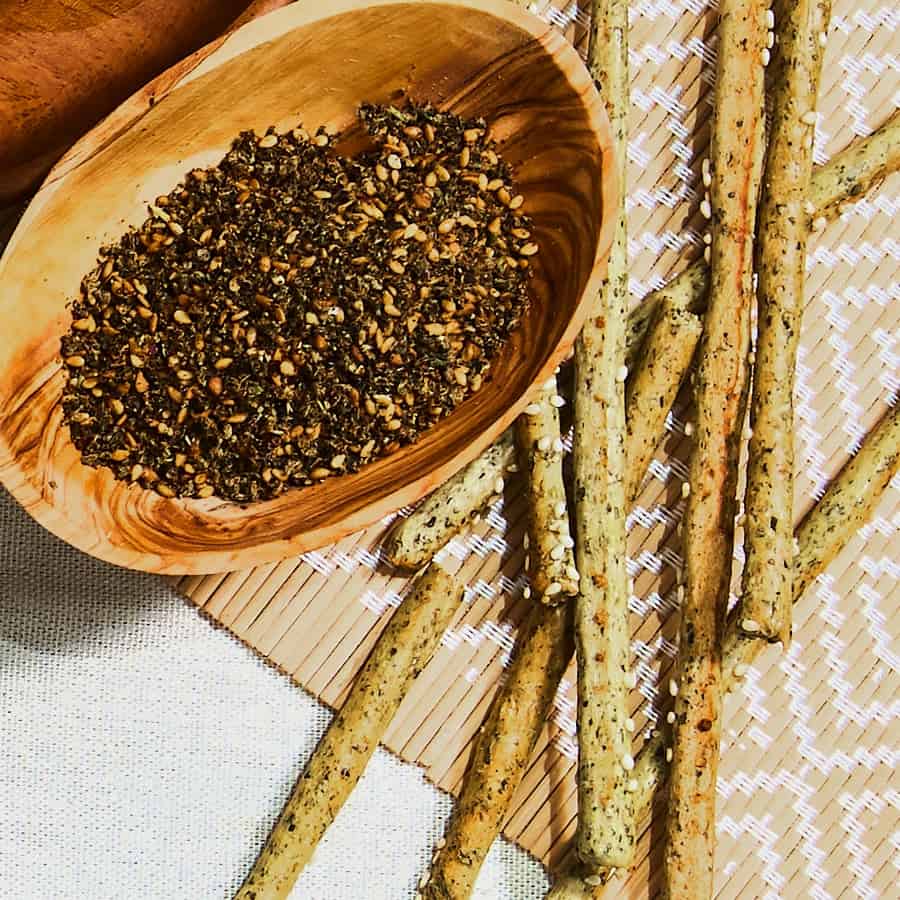 Kamā makes tahiniyeh with sesame seeds from Africa, particularly Sudan, known for their quality. “A lot of factories grind the entire thing. They don’t clean the seeds, or black seeds are mixed with white seeds,” Jumana says. Kamā purchases high-quality seeds hulled and thoroughly cleaned, and then grinds them with a machine that mimics the ancient stone-grinding method.
Kamā makes tahiniyeh with sesame seeds from Africa, particularly Sudan, known for their quality. “A lot of factories grind the entire thing. They don’t clean the seeds, or black seeds are mixed with white seeds,” Jumana says. Kamā purchases high-quality seeds hulled and thoroughly cleaned, and then grinds them with a machine that mimics the ancient stone-grinding method.
Kamā’s Date Molasses are made with Medjool dates grown in several countries including Jordan, prized for the quality of their dates. The dates are boiled, placed in a towel and wrung out by hand. “It is very messy [and] laborious,” Jumana says, “but produces a higher quality product than a machine would make.”
Jumana knows of many traditional ways to eat these foods. She notes that many Middle Eastern countries have the same traditional ingredients and foods, and sometimes you’ll see them used similarly in various regions, but sometimes differently. “Every product can be used in so many different ways,” Jumana says. “In Jordan, our traditional way [to eat Tahiniyeh] is to mix [it with] date, grape, or carob molasses to get that marvelous mixture that resembles peanut butter and jam in the US. Or I sometimes say it’s the “healthy” Nutella of the region [as] no sugar is added to any of our molasses.”
In Iraq, Jumana explains, date molasses is used as a meat marinade, drizzled over fried aubergine (eggplant), and as an ingredient in desserts. And you might see the same uses of date molasses in Jordan, too.
Jumana describes a famous drink called “Jallab”–a light, refreshing drink made with date or grape molasses and rose water served over crushed ice. Jallab is mostly enjoyed during Ramadan. Throughout many Levantine and other Arab countries, you’ll see date molasses in salad dressings and even more recently in milkshakes, ice creams and Christmas cookies. “Personally, I add it to my fresh fruits, especially apples and bananas as a dip,” Jumana says.
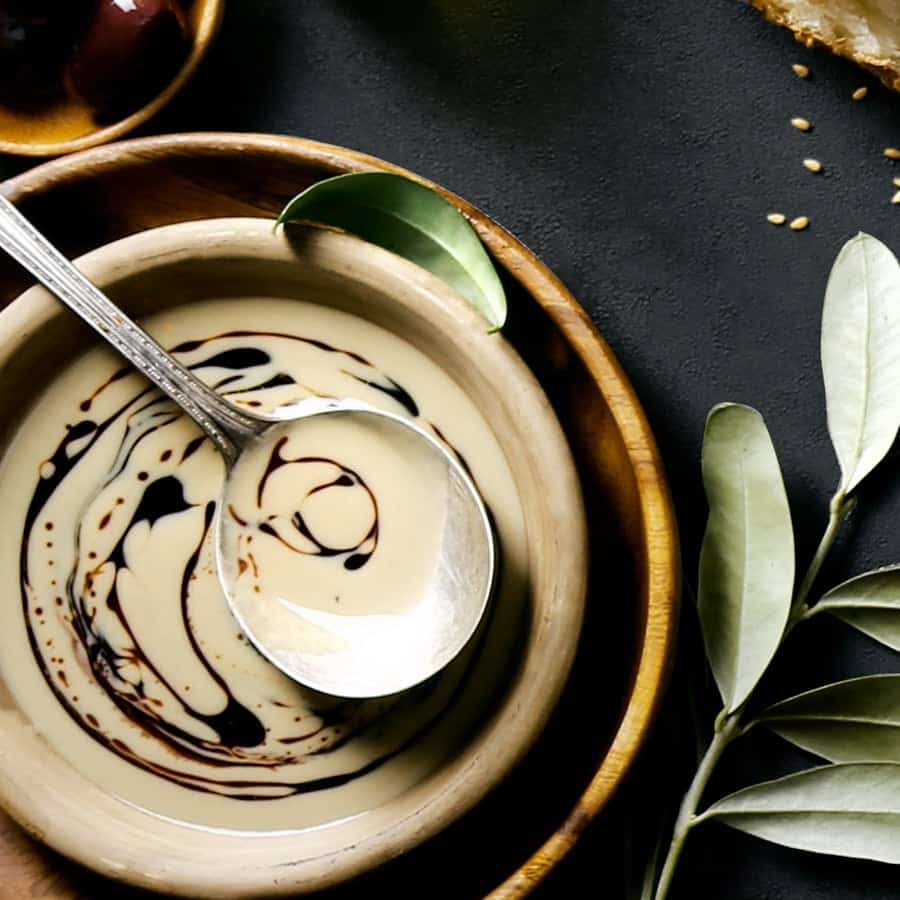 And if you like some heat, shatta is a wildly versatile chili paste. As the names suggest, red shatta is made with red chiles and green shatta with green chiles. Jumana refers to Kamā’s shatta as baladi. “Baladi means ‘local,” she says. “Local peppers and the local way of [using] hot sauce. We use it…on top of everything! It’s like the harissa of Tunis.”
And if you like some heat, shatta is a wildly versatile chili paste. As the names suggest, red shatta is made with red chiles and green shatta with green chiles. Jumana refers to Kamā’s shatta as baladi. “Baladi means ‘local,” she says. “Local peppers and the local way of [using] hot sauce. We use it…on top of everything! It’s like the harissa of Tunis.”
She continues: “the classic ‘Baladi’ red shatta completes any table spread,” says Jumana. “It is an essential ingredient in every Middle Eastern pantry. Add it to eggs, meat, falafel sandwich, hummus. Anything you would like to add a kick to.” The red shatta can be used in so many ways; try whisking the paste into dressings or drizzling over mezze.
And for the green shatta? “Our innovative take on the less spicy green shatta is adding whole za’atar leaves,” Jumana says. “It gives it a distinctive flavor by adding a very Jordanian ingredient to it. Used in similar ways, it will add a special kick to any dish you would like to spice up.”
Kamā’s broad and far-reaching mission is to not only make pure, traditional Levantine foods, but to celebrate all the elements that go into building community and growing connections and relationships between people. The foundations of this mission are quality, women empowerment, hands-on food experiences, tradition and this idea of creating a space that gathers people around the “sufra”–no matter where you live. Jumana wants to translate these Levantine recipes and traditions into a bigger scale, and to share these foods and philosophies on a broad scope.
Jumana captures this sentiment succinctly: “We are a local brand with a global outlook.”
We hold the same vision at Rogers Collection and we couldn’t be more pleased to have this relationship with Kamā take shape and expand our family of honest and uncompromising producers.

Written by Leska Tomash
Photos by Kamā